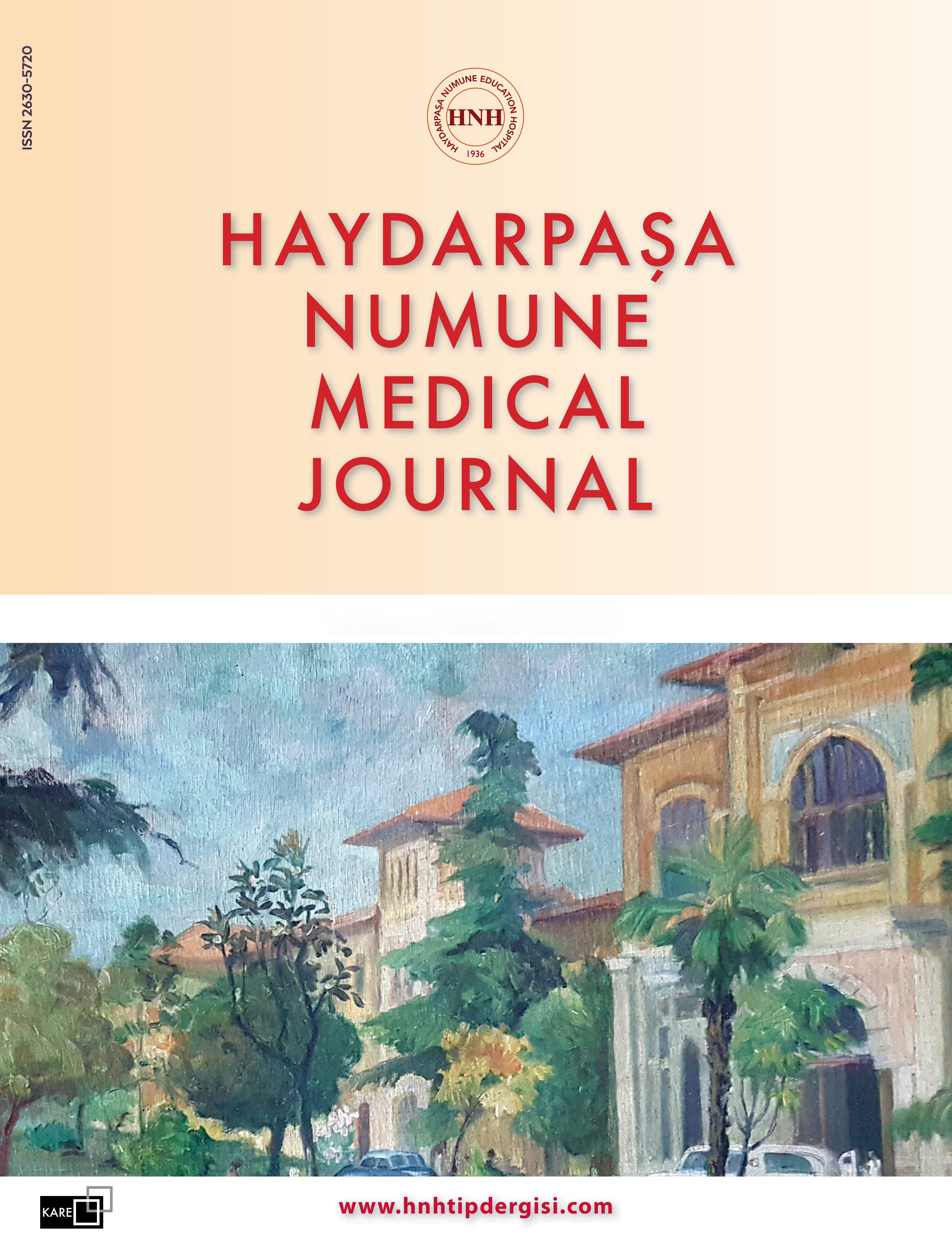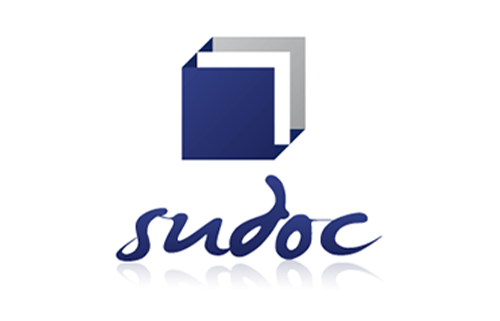Upper Gastrointestinal Stent Placement: 8 Years Experience of a Single Institution
Halit Ziya Dündar1, Özgen Işık1, Burak Bakar1, Ömer Faruk Özkan2, Ersin Öztürk1, Tuncay Yılmazlar11Department of Surgery, Uludag University Faculty of Medicine, Bursa, Turkey2Department of Surgery, Canakkale Onsekiz Mart University Faculty of Medicine, Canakkale, Turkey
INTRODUCTION: Coated and uncoated self-expandable metal stents (SEMS) are increasingly used in the palliation of malignant and benign strictures in the upper gastrointestinal (GI) tract and in the treatment of postoperative anastomotic leakage and fistulas. The objective of this study was to share the experience of one clinic with upper gastrointestinal tract stent placement.
METHODS: Patients who underwent upper GI tract SEMS placement between 2009 and 2017 were identified, and patient charts were retrospectively reviewed. The details of patient demographic data, stent type, indication for stent placement, success of stenting, need for stent replacement, morbidity, and mortality were documented.
RESULTS: In total, there were 29 patients with a median age of 57.5 years (min-max: 32-80 years), and 58.62% were male. There were benign problems in 9 patients. Nine (45%) of the patients with malignancy had esophageal carcinoma, while the remainder (55%) had gastric or esophagogastric junction carcinoma. Indications for stent placement were anastomotic leak (41.37%), esophageal stricture (37.94%), leak after obesity surgery (10.35%), esophageal perforation (6.89%), and tracheoesophageal fistula (3.45%).
DISCUSSION AND CONCLUSION: SEMS placement is an effective, safe, and minimally invasive method for the palliation of upper GI tract strictures and the treatment of surgical complications. In this series, the mortality rate in patients who underwent SEMS placement for the treatment of anastomotic leak was high.
Keywords: Self-expandable metal stent, stricture; upper gastrointestinal tract.
Üst Gastrointestinal Stent Uygulaması: Tek Merkezli 8 Yıllık Deneyim
Halit Ziya Dündar1, Özgen Işık1, Burak Bakar1, Ömer Faruk Özkan2, Ersin Öztürk1, Tuncay Yılmazlar11Uludağ Üniversitesi Tıp Fakültesi, Genel Cerrahi Ana Bilim Dalı, Bursa2Çanakkale Onsekiz Mart Üniversitesi Tıp Fakültesi, Genel Cerrahi AD, Çanakkale
GİRİŞ ve AMAÇ: Üst gastrointestinal sistemde malign ve benign darlıkların palyasyonunda, postoperatif anastomoz kaçağı ve fistüllerin tedavisinde kaplı ve kapsız kendiliğinden genişleyebilen stentler (SEMS) giderek artan yaygınlıkta kullanılmaktadır. Biz bu çalışmada kliniğimizde uygulanan üst gastrointestinal sistem stentleri ile ilgili deneyimimizi paylaşmayı amaçladık.
YÖNTEM ve GEREÇLER: Kliniğimizde 2009 ile 2017 yılları arasında üst gastrointestinal sistem SEMS uygulanan hastalar belirlenerek dosyaları retrospektif olarak incelendi. Hastaların demografik verileri, takılan stent tipi, stent takılma sebepleri, stent başarısı, tekrar stent uygulama gereksinimi, işleme bağlı komplikasyon gelişimi ve mortalite değerlendirilmiştir.
BULGULAR: Ortanca yaşı 57,5 (32- 80) olan hastaların %58.62si erkekti. Toplamda 9 hastada altta yatan benign bir sebep mevcuttu. Malignitesi olan hastaların 9u (%45) primer özofagus kanseriyken; geri kalanlar (%55) mide ve özofagogastrik bileşke kanseriydi. Stent takılma endikasyonları sırasıyla; anastomoz kaçağı (%41.37), özofageal darlık palyasyonu (%37.94), obezite cerrahisi sonrası kaçak (%10.35), özofagus perforasyonu (%6.89) ve trakea-özofageal fistül (%3.45) idi. Stent ilişkili majör morbidite gelişmezken mortalite oranı %20,68idi.
TARTIŞMA ve SONUÇ: SEMS kullanımı üst GIS darlıklarının palyasyonu ve cerrahi komplikasyonlarının tedavisinde kullanılan etkin, güvenli ve minimal invaziv bir yöntemdir. Bizim serimizde özellikle cerrahi komplikasyon olan anastomoz kaçaklarının tedavisinde stent uygulanan hastalarda mortalitenin daha yüksek olduğu saptandı.
Anahtar Kelimeler: SEMS, darlık, üst gastrointestinal
Manuscript Language: Turkish
















